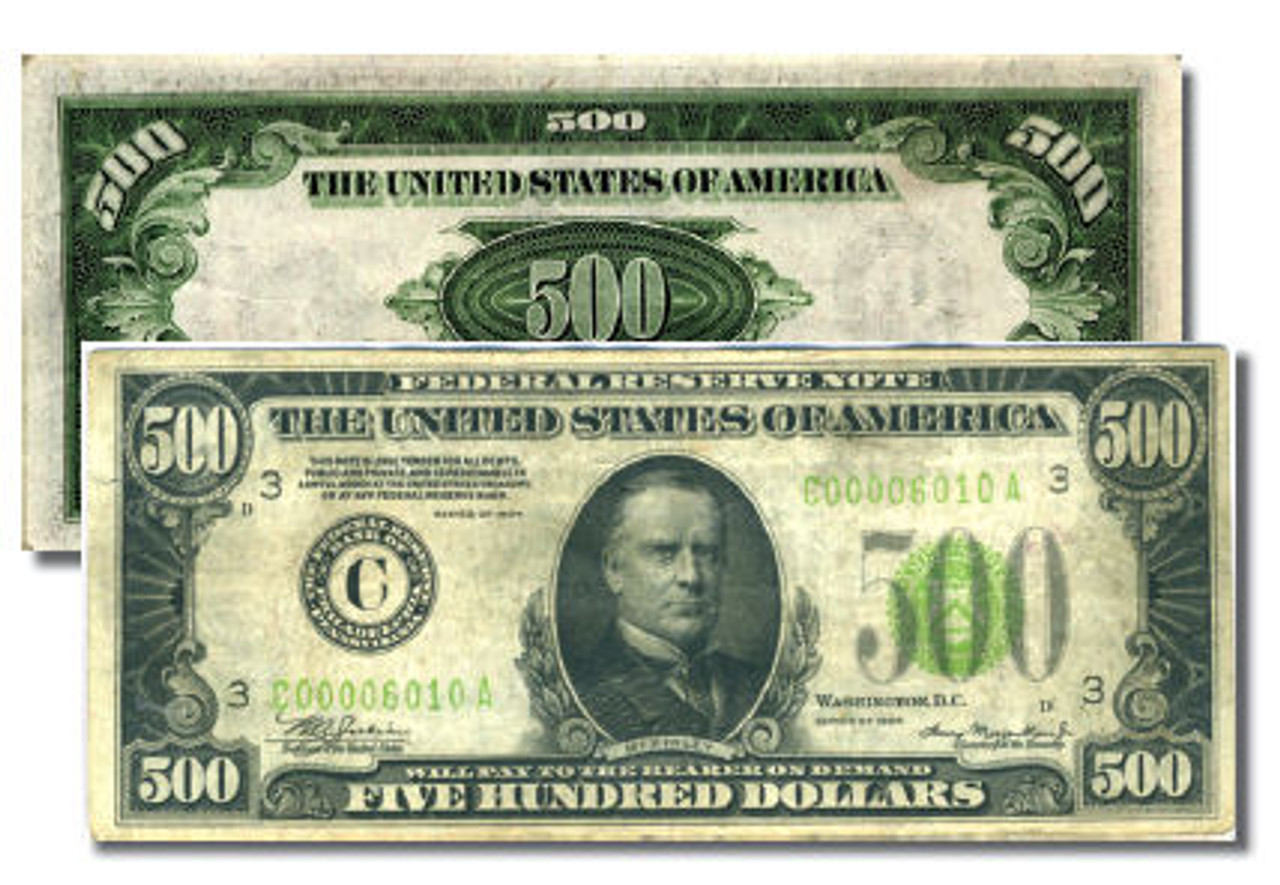Strangely, a “gutter fold” printing fault has made a rare $500 paper bill more valuable. This printing blunder made the bill worth over four times its face value. Heritage Auctions sold the bill for $2,160, boosting rare currency interest.

Photo from Pinterest
Rare $500 Bill Printing Error Increases Value to $2,160
Paper money often has a “gutter fold” mistake caused by a fold before the ink is applied. When unfolded, the bill shows a gap in the ink design, a desirable imperfection. The gutter fold’s white area made the bill rarer and more valuable.
Even without the printing fault, $500 banknotes are rare. The US Treasury created many $500 bills with William McKinley’s image. The last $500 bills were created in 1945 and retired 24 years later. While still legal cash, most $500 bills are now with dealers and collectors, increasing their value.
$500 banknotes go for over $600 to over $16,000 on eBay: scarcity and historical relevance fuel demand for these bills. Collectors and fans are drawn to rare currency and printing faults.
READ ALSO: Child Tax Credit Expansion: Up To $2,100 Will Be Sent To Eligible Residents In Pennsylvania, Will You Qualify?
Beyond $500: Exploring the Fascinating World of Rare U.S. Currency
$1,000, $5,000, $10,000, and $100,000 bills are rare U.S. paper currency beyond $500. Each denomination has its history and uniqueness, including pictures of Alexander Hamilton, James Madison, Salmon P. Chase, and Woodrow Wilson. These bills, discontinued and recalled in 1969, were used for inter-bank transactions and are important to financial history and collectors.
Although out of circulation, the $100,000 bill is at museums including the Museum of American Finance and the Smithsonian. An exceedingly uncommon coin containing a specific letter could be valued over $500,000, bringing mystery to numismatics. Rare currency is fascinating and potentially valuable for collectors. Those with half dollars can look for precise dates to find a $15,000 coin.
READ ALSO: No Mail Relief Today: Government Checks Delayed For Americans Seeking Rebates And Stimulus

















































